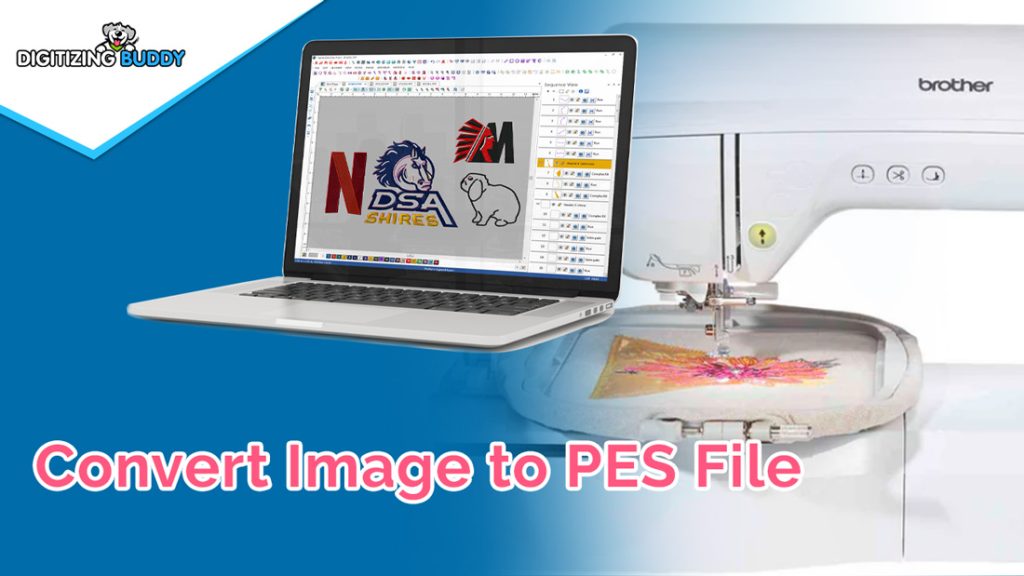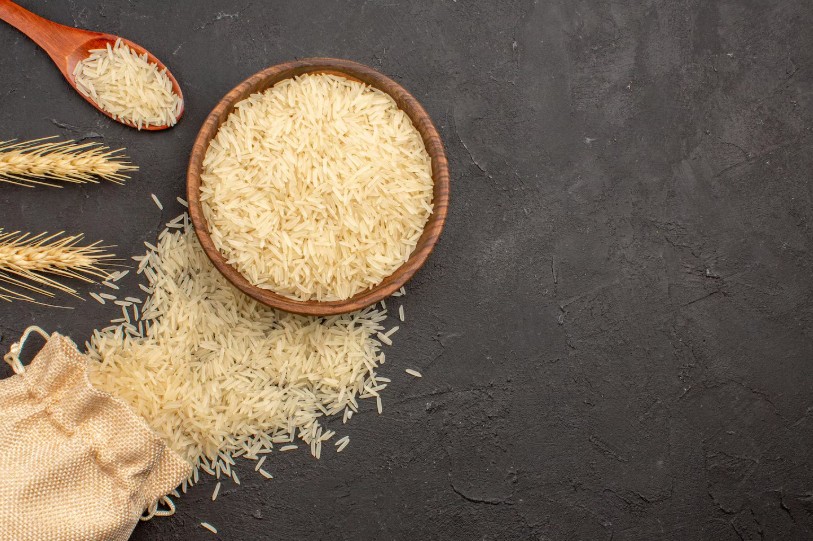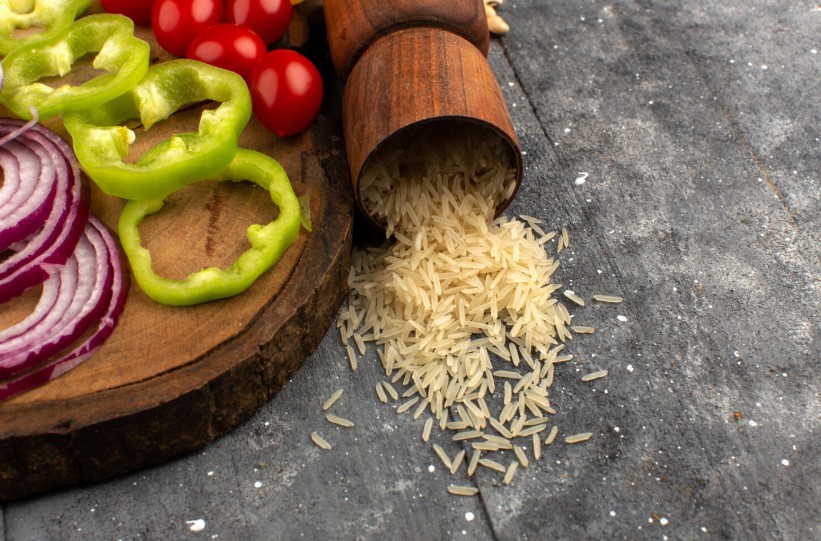Turning a JPG image into a stunning embroidered design is a game-changer for anyone who loves crafting or runs a business selling custom apparel. Converting a JPG to PES format for embroidery allows you to take a simple image and transform it into a stitch-ready file for Brother embroidery machines. This process, known as digitizing, opens up endless creative possibilities, from personalized gifts to branded merchandise. In this guide, we’ll explore why this JPG to PES conversion is essential, how it works, and how it can elevate your embroidery projects.
What Is a PES File?
A PES file is a digital format used by Brother embroidery machines. It contains instructions for how the machine should stitch a design, including details like stitch types, thread colors, and patterns. Unlike a JPG, which is just a flat image, a PES file tells the machine exactly where and how to place each stitch. Converting a JPG to PES involves digitizing the image, turning a visual into a blueprint for embroidery. This step is crucial for creating high-quality, professional-looking stitched designs.
Why Convert JPG to PES for Embroidery?
Converting a JPG to PES unlocks the ability to bring digital images to life on fabric. Here are the top reasons why this process is a must for embroidery enthusiasts:
- Customization: Turn any JPG—logos, artwork, or photos—into unique embroidered designs for clothing, bags, or home decor.
- Professional Results: PES files ensure precise stitching, giving your projects a polished, store-bought look.
- Versatility: Use your designs on various fabrics, from cotton tees to canvas totes, with consistent quality.
- Cost-Effective: Create your own designs instead of buying pre-made patterns, saving money for hobbyists and businesses.
- Creative Freedom: Digitizing lets you tweak every detail, ensuring the final product matches your vision.
Whether you’re stitching a family monogram or a business logo, this conversion makes it possible.
How Does JPG to PES Conversion Work?
The conversion process involves using embroidery software to digitize a JPG into a PES file. Here’s a quick overview of how it works:
- Prepare the JPG: Start with a clear, high-resolution image for the best results.
- Import into Software: Load the JPG into digitizing software like Brother PE-Design or SewArt.
- Digitize the Image: Trace the design and assign stitch types and colors.
- Adjust Settings: Fine-tune stitch density, direction, and other parameters.
- Save as PES: Export the file in PES format for your Brother machine.
- Test the Design: Stitch it on scrap fabric to ensure perfection.
This process bridges the gap between a static image and a dynamic, stitched creation.
Tools You’ll Need
To convert a JPG to PES, gather these essentials:
- Embroidery Software: Popular choices include Brother PE-Design, Hatch Embroidery, or SewArt. Free options like Ink/Stitch (an Inkscape plugin) are great for beginners.
- High-Quality JPG: A clear, high-resolution image with simple shapes and colors works best.
- Computer: You’ll need a device to run the software and process the image.
- Brother Embroidery Machine: Ensure it supports PES files.
- Image Editing Software (optional): Tools like GIMP or Photoshop can clean up the JPG before digitizing.
Having these tools ready sets you up for a smooth conversion process.
Step-by-Step Guide to Converting JPG to PES
Follow these beginner-friendly steps to convert your JPG into a PES file for embroidery.
Step 1: Choose a Suitable JPG
Pick a high-resolution JPG with clear outlines and limited colors. Simple designs, like logos or basic illustrations, translate well into embroidery. Complex images with gradients or fine details can be tricky, as embroidery machines have stitch limitations. For example, a bold star or text is easier to digitize than a detailed photo.
If needed, use image editing software to simplify the JPG. Increase contrast, remove backgrounds, or reduce colors to make it embroidery-friendly. Save the file for importing.
Step 2: Import the JPG into Software
Open your embroidery software and import the JPG using the “File” > “Import” option. Once loaded, resize the image to fit your embroidery hoop’s dimensions, such as 4×4 or 5×7 inches. Most programs provide a grid to help with sizing and alignment.
Some software, like SewArt, offers a wizard to guide you through initial setup. Crop or adjust the image to focus on the main design elements if necessary.
Step 3: Digitize the Image
Digitizing turns your JPG into stitches. You can use one of two methods:
- Auto-Digitizing: Select the auto-trace or auto-digitize feature. The software analyzes the JPG and creates stitch patterns based on its colors and shapes. This is quick but may need tweaks for complex designs.
- Manual Digitizing: Trace the image yourself using tools like the “Pen” or “Shape” options. Outline each section and assign stitch types—satin for borders, fill for large areas, or running stitches for details. For example, use satin stitches for a logo’s outline and fill stitches for its body.
- Color Matching: Map the JPG’s colors to thread colors using the software’s thread chart, like Brother or Isacord.
Manual digitizing gives better control but takes practice.
Step 4: Adjust Stitch Settings
Fine-tune the stitch settings to ensure a clean, professional result. Focus on:
- Stitch Density: Aim for 0.4–0.5 mm spacing for fill stitches to avoid puckering or gaps.
- Stitch Direction: Vary angles to add texture and prevent fabric distortion.
- Underlay Stitches: These stabilize the fabric. Ensure they’re included, especially for stretchy materials.
- Pull Compensation: Add 0.1–0.2 mm to account for slight design shrinkage during stitching.
Use the software’s 3D preview to check how the design will look when stitched.
Step 5: Save as a PES File
Once satisfied, save the design as a PES file via “File” > “Save As.” Select the appropriate PES version for your machine, as older models may need specific formats. Transfer the file to a USB drive or directly to your embroidery machine.
Verify the file by opening it in the software or a PES viewer to ensure all elements are correct.
Step 6: Test the Design
Test the design on scrap fabric before stitching on your final material. Use the same fabric and stabilizer as your project to mimic real conditions. Check for issues like thread breaks, puckering, or misaligned stitches. If needed, adjust settings in the software and retest.
Testing prevents mistakes and ensures a flawless final product.
Why Not Stick with JPGs?
JPGs are great for viewing or printing, but they’re not suitable for embroidery. Embroidery machines can’t read image files—they need specific instructions for stitching. A PES file provides these instructions, ensuring your design is accurately translated onto fabric. Without this conversion, you can’t embroider your JPG, making digitizing essential.
Tips for Successful Conversion
- Simplify the Image: Reduce colors and details for cleaner stitches.
- Use Stabilizers: Cut-away for stretchy fabrics, tear-away for stable ones.
- Match Thread Colors: Stick to one thread brand’s chart for consistency.
- Practice Manual Digitizing: Auto-digitizing is fast, but manual tracing improves precision.
- Check Hoop Size: Ensure the design fits your machine’s hoop to avoid scaling issues.
Common Mistakes to Avoid
- Using Complex JPGs: Too many details lead to messy stitches. Simplify first.
- Ignoring Fabric Type: Different fabrics need specific stabilizers and settings.
- Skipping Tests: Always test on scrap fabric to catch errors early.
- Low-Resolution Images: Blurry JPGs produce poor results. Use high-quality files.
Free vs. Paid Software
Paid software like Brother PE-Design or Hatch offers advanced features, but free tools like Ink/Stitch work for simple projects. Try free trials of paid programs to find what suits your needs. Beginners can start with free options to learn the basics before investing.
Conclusion
Converting a JPG to PES format for embroidery is a must for anyone wanting to create custom, professional-quality designs. By digitizing your images, you unlock the ability to stitch unique artwork onto any fabric, from t-shirts to towels. With the right tools, clear steps, and a bit of practice, you’ll master this process and bring your creative ideas to life. Start with a simple JPG, test your designs, and watch your embroidery projects shine with every stitch.



